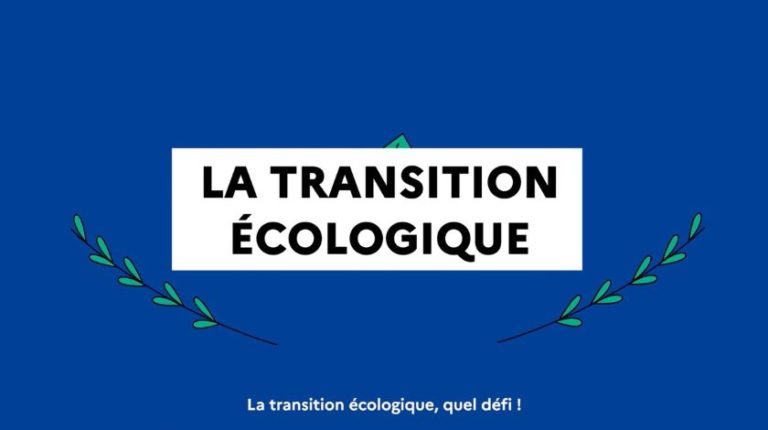There are various international human rights instruments the first being the 1948 UN Declaration on Human Rights whose main objective was to protect and promote justice and dignity for all human beings. It can be said that experiences of the world wars stimulated the interest of having a universal instrument to promote justice and protect human dignity. There were many acts of human rights abuses and degradation of human dignity prior to and during the world wars. Many other human rights instruments were adopted or developed to safeguard specific rights or specific vulnerable groups. These include the following instruments:
Date Monitoring body
- However, as nations and the world progressed economically, environmental problems emerged and forced the international community to adopt or develop multilateral environmental agreements or instruments to address environmental challenges. These include the Aarhus Convention on Access to Information, Public Participation in Decision-making and Access to Justice in Environmental Matters, Aarhus, 1998, Basel Convention on the Control of Transboundary Movements of Hazardous Wastes and their Disposal, Basel, 1989, Biological Weapons Convention(Convention on the Prohibition of the Development, Production and Stockpiling of Bacteriological [Biological] and Toxin Weapons and on their Destruction) (BWC), Cartagena Protocol on Biosafety 2003, Rotterdam Convention on the Prior Informed Consent Procedure for Certain Hazardous Chemicals and Pesticides in International Trade, Rotterdam, 1998, Montreal Protocol on Substances that Deplete the Ozone Layer, Montreal, 1989, Ramsar Convention Convention on Wetlands of International Importance, especially as Waterfowl Habitat, Ramsar, 1971, Stockholm Convention Stockholm Convention on Persistent Organic Pollutants Stockholm, 2001, United Nations Framework Convention on Climate Change 1992, United Nations Convention to Combat Desertification 1994, Vienna Convention on Civil Liability for Nuclear Damage, Vienna, 1963, Minamata Convention on Mercury, 2013, Working Environment (Air Pollution, Noise and Vibration) Convention, 1977, Convention on Nuclear Safety, Vienna, 1994 and man more others.
However, there it was later realized there is a strong disconnect between Human Right and Multilateral Environment Agreements though the two are closely interlinked and intertwined. In other words there is a strong relationship between human and environmental rights. Some or majority of human rights depend on the state of the environment. For example access to safe water depend on the state of the ecosystem and so is access to other human rights such as adequate, nutritious and safe food, access to energy, access to decent and green jobs, etc.
There are several vivid examples around the world and famous cases in Africa include those involving Shell in Ogoniland and the Abidjan incident in which a foreign vessel deliberately dumped toxic waste in Cote d Ivoire.
In an attempt to narrow the gap between human and environmental rights instrument he UN appointed a rapporteur in 2012 (Mr. John Knox) to explore linkages. He and his team developed a framework which identified 2 principles: Principles 1 required states to ensure clean, healthy and sustainable environment in order to respect, protect and fulfill human rights. Principle 2 requested states to respect, protect and fulfill human rights in order to ensure a safe, clean, healthy and sustainable environment.
In this framework states were assigned obligations that are expected to respect, protect and fulfill human rights including obligations to carry out the assessment of environmental and human rights impact, assuring public access to environmental information, public participation in decision making, access to effective remedies, education and public awareness, prohibition of discrimination, etc.
The UN Environment (UNE) on its part has embarked on an Environmental Rights Initiative that constitute 3 dimensions: Environment as a prerequisite for enjoying human rights, procedural rights as essential for good environment decision-making and the right to safe, healthy and ecologically balanced environment as a human right in itself.
Some regional groups have adopted Human Rights instruments that have been used to address cases related to environmental rights while others have developed human rights instruments that cover issues of environmental rights. For example courts in Europe have made use of the European Convention on Human Rights (1950) to make rulings that have taken note of environmental rights. In Africa courts have used the African Charter on Human Rights (1991) particularly Article24 to address cases related to environmental rights. The Latin America and Caribbean ESCAZU Agreement is one of the regional instruments that cover both human and environmental rights in its provisions.
There are also some national constitutions that have included environmental rights in addition to human rights but there number in Africa is small.
Examples of challenges encountered by people and activists
- Forced removal from ancestral lands without compensation
- Murder of environmental defenders
- Pollution of water, air and soil
- Denial of access to resources, spiritual laces, etc
- Stealing and plundering of resources
- Lack of remedies
- Exclusion in decision making
Some possible solutions
- There is a need of building the capacity of activists on Human Rights Impact Assessment (HRIA)
- There is a need to reformulate existing EIAs and/or ESIA in order to mainstream environmental rights
- All investments local and foreign should be subjected to HRIA
Joensuu University, Finland
Dr. Yahya Msangi








